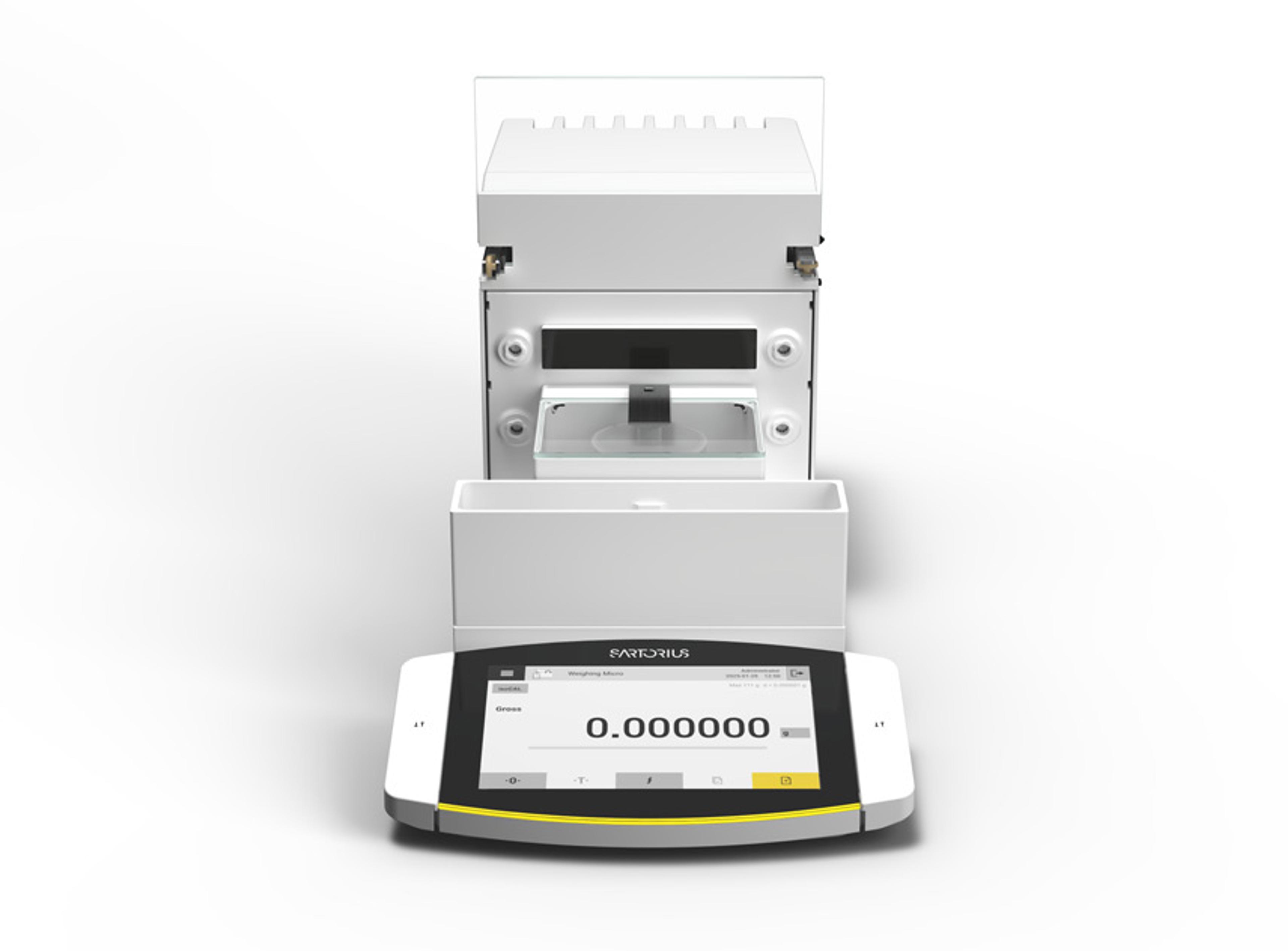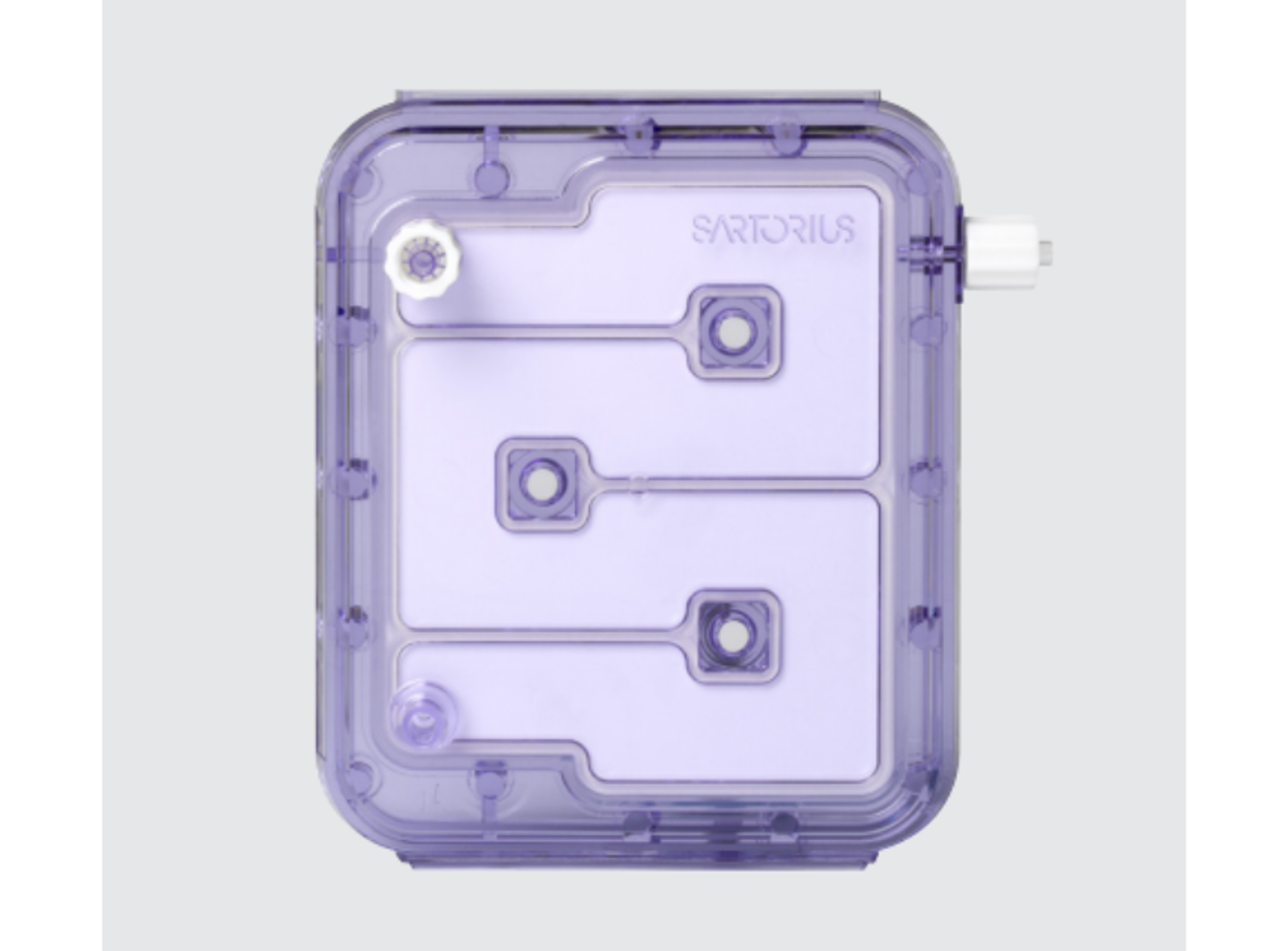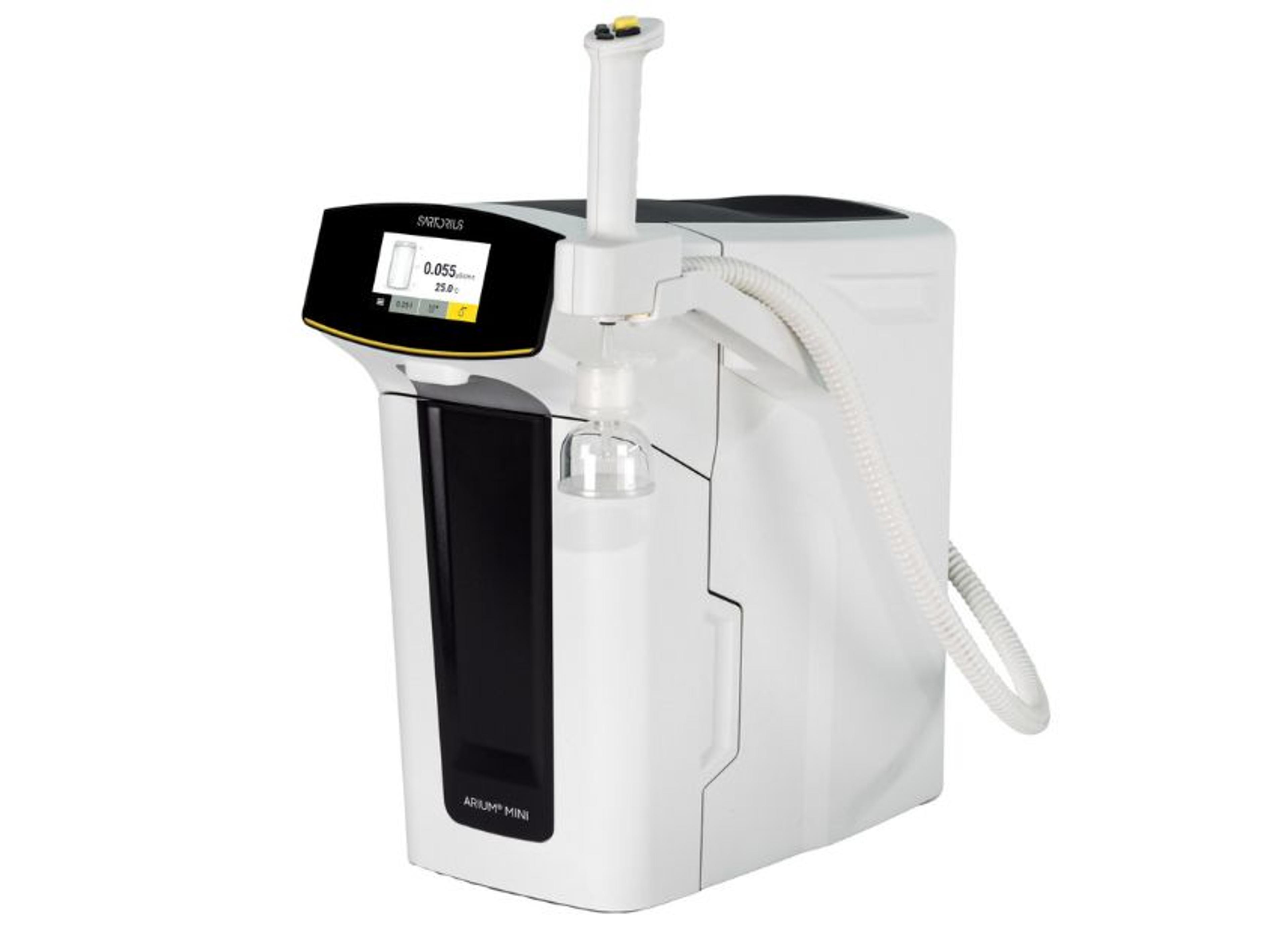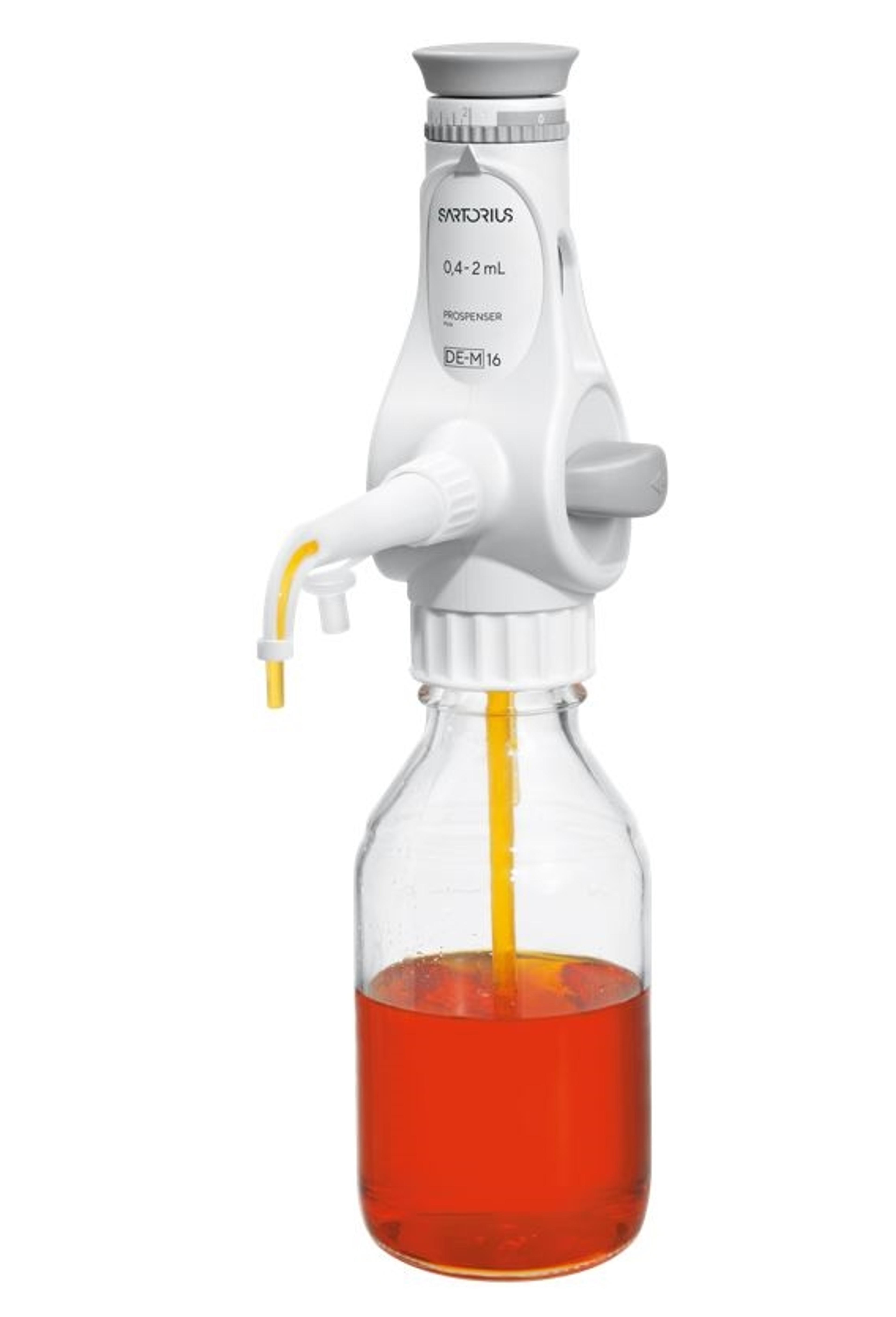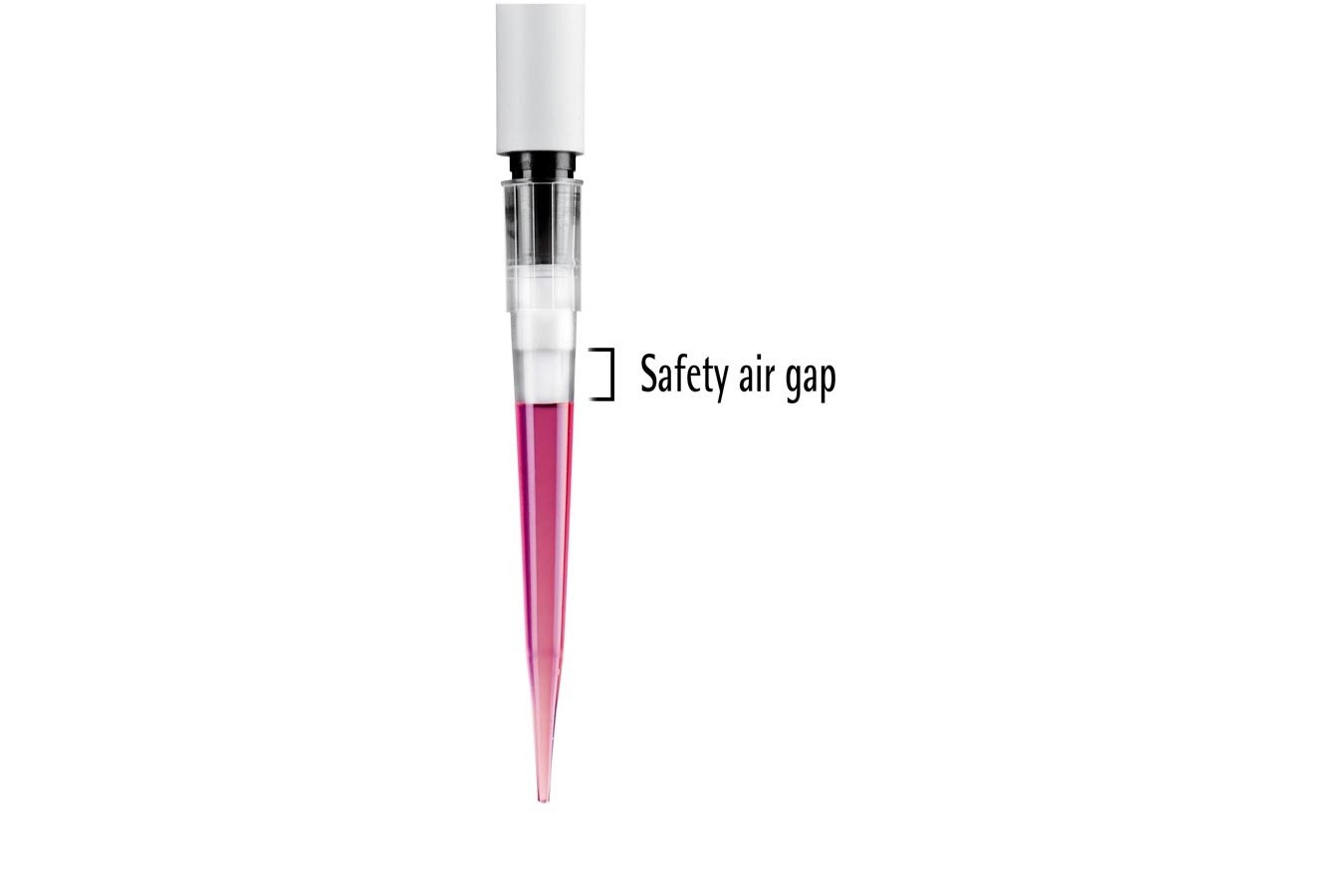Arium® Type II Pure Water Systems
Type II pure water systems for the production of ASTM type II water for general laboratory applications. With the combination of reverse osmosis, softening and electronic | chemical desalting the arium® EDI 61215 type II pure water system guarantees constant water quality. The device is available with different volumes and as benchtop or built-in system. Four line alphanumerical display Electronic features for data sav…
Type II pure water systems for the production of ASTM type II water for general laboratory applications. With the combination of reverse osmosis, softening and electronic | chemical desalting the arium® EDI 61215 type II pure water system guarantees constant water quality. The device is available with different volumes and as benchtop or built-in system.
- Four line alphanumerical display
- Electronic features for data saving and display
- Cost saving technologies
Display and menu functions
The large, understandable, easy-to-read display with its intuitively operated keypad lets you retrieve important information and data fast.
The compact design and the flexible, height adjustable display allows the system to be used on the bench top, mounted on the wall or under bench system.
- Displays product and feed water quality
- Rejection rate of RO modules
- Tank-level
- Temperature
Electronic features for data backup and display
The system has a RS 232 serial interface to send data to a printer and PLC interface for external communication.
Cost saving technologies
The use of proven Ionpure® EDI technology guarantees the highest quality of reagent grade water (ASTM type 2). The arium® EDI 61215 purification procedure that combines reverse osmosis, softening and electronic | chemical deionization enables nearly maintenance-free and inexpensive supply of pure
water. The high effective RO membranes reduce loss of water, ensuring excellent quality of the purified water and a high retention rate of the constituents in the raw water.
- Automatic RO-membrane-back-flush with RO-permeate to protect the modules from scaling
- Continuous and automatic regeneration of the EDI stack eliminates the need to change used ion exchange resins
- Easy to change pre-treatment cartridge and RO-modules
EDI-Technologie
The main component in the arium® 61215 EDI System is the EDI stack with Ionpure® Technology. It is fed with RO-water which is deionized while being lead through a transverse DC electrical field.
A typical EDI device contains alternating semipermeable anion and cation ion-exchange membranes. The chambers between the membranes are configured to create liquid flow compartments with inlets and outlets. When the compartments are subjected to an electrical field, ions in the liquid are attracted to their respective counter-electrodes.
Within each cell there are 2 types of chambers:
A dilute chamber through which water is fed for deionization and filled with a mixture of cation and anion exchange resins. This chamber is located between the anion membrane facing the anode and the cation membrane facing the cathode. The anion membrane is designed to allow only the migration of anions and the cation membrane allows the migration of only cations.
A concentration chamber which is used to collect unwanted ions. This chamber is bounded by the anion membrane facing the cathode and cation membrane facing the anode.
Attracted by the charge of their respective electrodes, the ions migrate in a steady stream through the cation- and anion membrane. The negatively-charged anions (e.g., Cl-) are attracted to the anode (+) and repelled by the cathode (-). The concentration of ions in the concentration chamber increases relative to the feed.
In the concentrate stream, electrical neutrality is maintained. Transported ions from the two directions, bounded to hydrogen and hydroxyl ions, neutralize one another’s charge. This production and migration of hydrogen and hydroxyl ions is the mechanism that continuously regenerates the resin.






